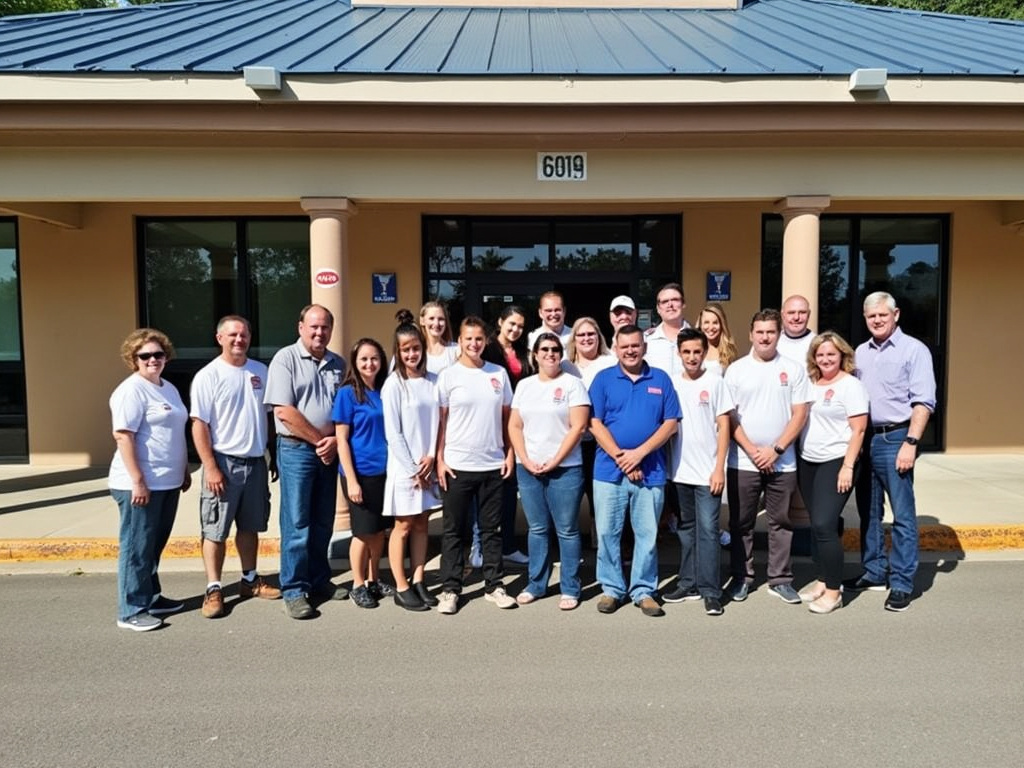Child trafficking is a pervasive issue in Northern Thailand, driven by poverty, lack of education, and the region’s proximity to porous borders. To effectively combat this crisis, the Development and Education Program for Daughters and Communities (DEPDC) has made community outreach a cornerstone of its mission. Through targeted education and awareness campaigns, DEPDC works to inform vulnerable communities about the dangers of trafficking, empowering them to protect their children and prevent exploitation.
The Importance of Community Outreach
In many rural areas of Northern Thailand, awareness about child trafficking and its associated risks is limited. Families struggling with poverty often lack the resources and knowledge needed to protect their children from traffickers, who frequently exploit economic desperation and low levels of education to lure children into exploitative situations.
Community outreach plays a vital role in filling this knowledge gap. By engaging directly with communities, DEPDC helps to build resilience against trafficking through education and empowerment. This proactive approach not only raises awareness but also equips communities with the tools they need to take action against trafficking.
DEPDC’s Community Outreach Strategies
DEPDC’s community outreach efforts are multifaceted, involving a combination of educational programs, advocacy, and collaboration with local leaders. These strategies are designed to reach a broad audience, including parents, teachers, local authorities, and the children themselves.
- Educational Workshops and Seminars:
- DEPDC organizes regular workshops and seminars in villages and towns throughout Northern Thailand. These events focus on educating community members about the realities of child trafficking, the tactics used by traffickers, and the steps that can be taken to protect children. Topics covered include recognizing the signs of trafficking, understanding the legal rights of children, and the importance of reporting suspicious activity.
- Collaboration with Local Leaders:
- DEPDC works closely with local leaders, including village heads, religious leaders, and school administrators, to amplify its outreach efforts. By partnering with trusted figures in the community, DEPDC ensures that its messages are received and respected. These leaders play a crucial role in spreading awareness and mobilizing community action against trafficking.
- School-Based Programs:
- Schools are a critical platform for reaching children and their families. DEPDC implements school-based programs that teach students about their rights, personal safety, and the risks of trafficking. These programs are designed to be age-appropriate and interactive, encouraging children to speak up and seek help if they feel threatened.
- Media Campaigns and Public Messaging:
- To reach a wider audience, DEPDC uses local media, including radio, posters, and social media, to disseminate information about child trafficking. These campaigns are tailored to the cultural context of Northern Thailand and often feature messages in local languages and dialects to ensure they resonate with the target audience.
- Community-Led Initiatives:
- DEPDC encourages communities to take ownership of their anti-trafficking efforts by supporting the formation of local committees and action groups. These groups work to monitor the community for signs of trafficking, provide support to at-risk families, and advocate for stronger protections at the local level.
The Impact of DEPDC’s Outreach Work
DEPDC’s community outreach efforts have made a significant impact on the fight against child trafficking in Northern Thailand. By raising awareness and fostering a sense of community responsibility, DEPDC has helped to create environments where trafficking is less likely to occur. Communities that are informed and vigilant are better equipped to prevent trafficking before it happens, ensuring that fewer children fall victim to exploitation.
The success of these outreach programs is evident in the increased number of reports of suspicious activities, the growing participation in DEPDC’s workshops, and the positive changes in community attitudes towards trafficking and exploitation. These efforts have not only protected individual children but have also contributed to broader societal change, making Northern Thailand a safer place for future generations.
Challenges and the Road Ahead
Despite the progress made, challenges remain in the fight against child trafficking. Geographic isolation, cultural barriers, and limited resources can make it difficult to reach all at-risk communities. Additionally, the adaptability of traffickers means that outreach efforts must continually evolve to address new tactics and emerging threats.
DEPDC remains committed to overcoming these challenges by expanding its outreach programs and deepening its partnerships with local communities and international organizations. The continued support of donors and volunteers is essential in sustaining these efforts and ensuring that the message of prevention reaches every corner of Northern Thailand.
Conclusion
Community outreach is a powerful tool in the fight against child trafficking, and DEPDC’s work in this area is making a real difference. By educating and empowering communities, DEPDC is helping to create a network of protection that keeps children safe from exploitation. The organization’s commitment to raising awareness and fostering community action is a testament to the belief that, with the right knowledge and resources, trafficking can be prevented, and every child can be given the chance to grow up free from fear and harm.


